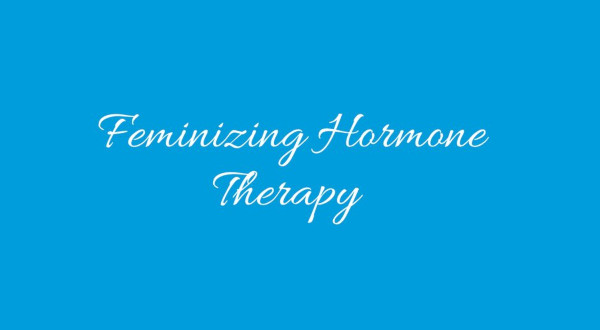
Have you ever entertained the thought of taking feminizing hormones in order to take your sissification process to another level? There’s a name for it. It’s called Feminizing Hormone Therapy or FHT.
If you would never even remotely consider traveling down that road, you’re not alone. We’re talking scary kind of stuff—scary to me anyway.
But I would be lying if I said I haven’t fantasized or thought about it. Maybe you have too?
Life isn’t static… things are always changing; especially for us sissies. Who’s to say—if circumstances were different—that some of us might decide to to go all-out-girly-girl someday.
Either way, It might be good to educate yourself as to what Feminizing Hormone Therapy is all about. Just in case.
In the spirit of that thought, there are 10 questions that a sissy might ask herself if she were seriously contemplating undergoing FHT.
#1 – Are You a Sissy, Transgender, or Both?
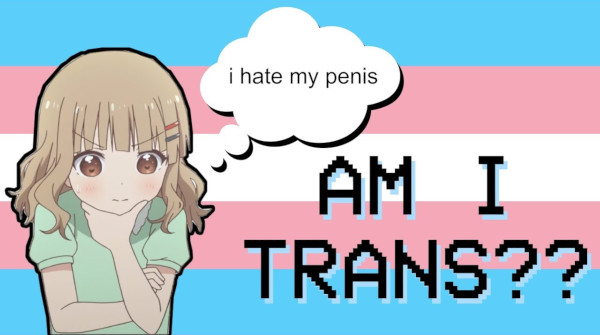
I wouldn’t think it wise for any sissy to consider FHT unless they were truly transgender. But how does one know if they’re trans?
If you’re not so sure, then that’s a question that might be answered with the help of a qualified transgender therapist.
Some sissies know for certain that they were born to be a female. Many—like me—aren’t quite so sure. Other sissies consider themselves to be a third gender, unique to themselves.
Who really knows? Only you do!
If anything, I believe that I was (at a minimum) a woman in a former life… if you believe in that sort of stuff.
If you’re a sissy that feels strongly that you’re a female that is mistakenly inhabiting a male body, then you might be a perfect candidate for Feminizing Hormone Therapy.
#2 – What Are Sex Hormones?
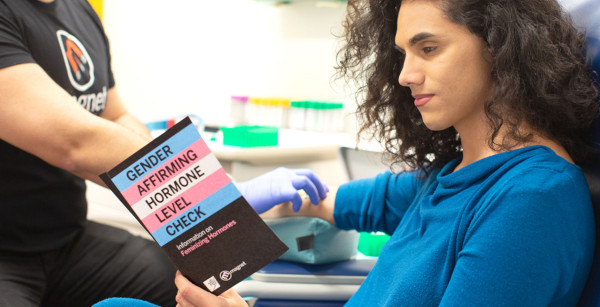
Sex hormones are responsible for balancing the development of sex attributes. This would include the sex organs that develop before birth like ovaries, testicles and genitals.
These sex hormones also have an affect on secondary sex characteristics—those that typically develop during puberty—such as changes to the voice, breast development and hair growth; on both the body and face.
There are three categories of sex hormones:
- Androgens (testosterone, DHT and DHEA)
- Estrogens (estradiol, estriol and estrone)
- Progestin (progesterone)
Males tend to naturally have higher levels of androgens. Females typically will have higher levels of both estrogens and progestogens.
Makes sense so far doesn’t it?
#3 – What Exactly is Feminizing Hormone Therapy or FHT?
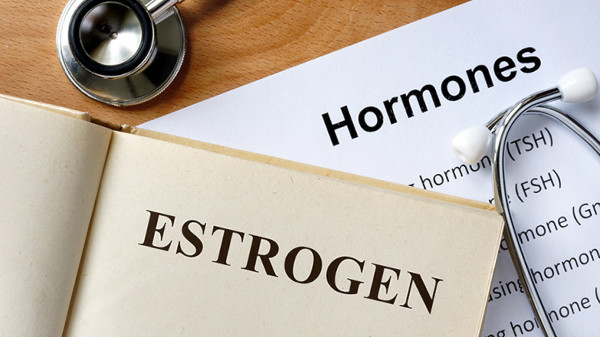
Feminizing Hormone Therapy consists of taking medications to change the balance of sex hormones that are currently present in your body. Altering these hormonal levels will affect your fat distribution, muscle mass, hair growth and other characteristics that are identified with gender.
FHT will effectively make your body feel and look more feminine and less masculine. The result will create changes in your body to match the gender that you more closely identify with—female. We’re talking strictly gender identity here—not sexual preference.
These hormonal medications typically include:
- Estrogen
- Androgen blockers (T-blockers, anti-androgens)
- Sometimes a progestin is added to the above two
Estrogen is the primary hormone that is responsible for enhancing feminine type traits. It goes to work directly on certain bodily tissues; like breast tissue. Estrogen also indirectly acts as a testosterone suppressant.
Estrogen can be administered:
- Orally
- Injection (intramuscular)
- Transdermal (via a skin patch)
- Sublingual (under the tongue)
The most common form of estrogen used in FHT is estradiol. But there are other formulations that are sometimes used.
Androgen blockers are necessary in order to inhibit and block testosterone production. They are also referred to as T-blockers, anti-androgens or androgen antagonists.
Anti-androgens are notorious for having a mild feminizing effect. They are effectual in reducing male-type physical traits such as slowing the growth of facial hair and bringing an end to spontaneous morning erections.
Although T-blockers are available in various forms, the one that is most often prescribed is spironolactone.
Anti-androgens are used in conjunction with estrogen as they have a complementary effect with one another. Taking T-blockers reduces the dose of estrogen you need to take in order to achieve the same results. This lower dosage is one way to minimize estrogen-associated health risks.
Androgen blockers are sometimes prescribed alone for MtF transgenders that want to diminish masculine features and achieve a more androgynous appearance, without the full-feminizing effect that estrogen provides.
There are mixed and varying opinions about how effective a role progestins play in Feminizing Hormone Therapy. Most gender therapy programs do not recommend progestins as there is a clear lack of evidence as to the actual feminizing effect that they have.
Progestins, along with estrogen and anti-androgens, have known side effects which can include unwanted weight gain, changes to blood composition and depression. Sometimes gender change health professionals prescribe progestins if estrogen, by itself, is not working well.
Progestins are sometimes used to replace estrogen if there are issues with excessive side effects of estrogen.
#4 – What Changes Can a Sissy Expect With FHT?
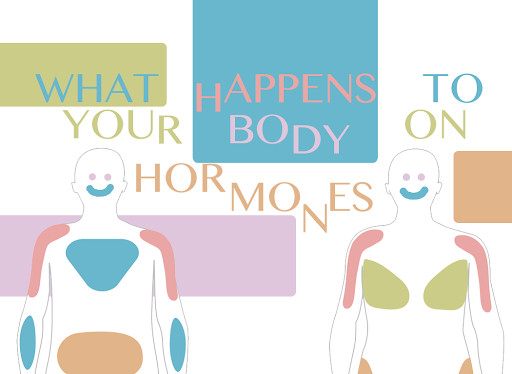
Feminizing Hormone Therapy can have significant physical and psychological benefits. Having your body and mind in-sync with each other can ease instances of gender dysphoria. It’s likely that you will experience an overall better feeling about yourself.
Sissies, CD and TG who have struggled with gender dysphoria often describe themselves as being calmer, less anxious and happier when they begin FHT. For some, these positive psychological changes happen right after they start taking hormones. For others, they manifest later as the physical changes become more noticeable.
It’s important to understand that every person responds at a different rate. How substantial and quickly these changes appear depend on:
- How old you are
- The amount of hormone receptors your body has
- The way your body responds to the hormone medication
There is no way to know ahead of time exactly how your body will react prior to beginning Feminizing Hormone Therapy.
Estrogen not only has its own feminizing effects but indirectly suppresses testosterone production. Changes that can be expected when taking estrogen:
- Reduced muscle mass and strength
- Body fat redistribution – hips, butt, thighs
- Softening of the skin
- Decreased libido
- Reduced sperm and seminal fluid production
- Slowing of growth of face and body hair
- Breast and nipple growth
- Shrinking of testes
- Decrease of spontaneous erections
The gradual growth of the breasts and nipples begin early-on but it can take up to three years or longer for breasts to reach their optimal size. Depending on the person, there is a varying range of how large breasts can get. It’s entirely possible that your breasts may not grow beyond an A or B cup size.
After 24 to 36 months, if you are not satisfied with the increase in size, you can opt for surgical augmentation. The breast implants tend to look more natural if you wait until as much growth as possible is achieved from FHT.
You will experience the majority of the feminizing effects of estrogen within the first two to three years.
There are also psychological and emotional changes that can arise; such as being more in touch with your feelings, crying more easily and mood swings.
Taking an androgen blocker (spironolactone), without estrogen, would obviously have lesser feminizing effects. The changes that do take place are the result of the medication blocking the effects that testosterone has on your body.
Most of these changes are reversible—if you stop taking the T-blockers, your body will return to how it was before you started; with the possible exception of any breast growth.
Changes that can be expected when taking androgen blockers only:
- A decreased sex drive
- Decreased sperm production and ejaculatory fluid
- Difficulty in becoming erect when aroused
- Slower growth of facial and body hair
- Minimal breast growth
- Reduced growth of male pattern baldness
It’s clear to see why estrogen and androgen blockers are typically taken concurrently with Feminizing Hormone Therapy. The feminizing effects are significantly enhanced when both medications are combined with each other.
One thing that FHT will not do is raise the pitch of your voice to a higher, more feminine-like level. In spite of that fact, voice feminization therapy can do wonders in this area. I wrote an in-depth article about it: Voice Feminization – Speaking Like a Sissy.
#5 – Are The Changes That Come With Feminizing Hormone Therapy Permanent?

Most changes from Feminizing Hormone Therapy are not permanent. If you quit the medication, most of the changes will stop and your body will return to how it was before you begin FHT.
That being said, there are two more-than-significant changes that will likely be of a permanent nature:
- Breast growth
- Fertility
As far as breast growth goes, if you are taking an androgen blocker such as spironolactone without estrogen (because you are not necessarily wanting any visible changes), you will probably see some minimal breast growth. This growth will typically happen very slowly, so you can always stop the spironolactone if you want to stop the growth in its tracks.
With an anti-androgen alone, any breast growth achieved is likely reversible, but in some people, the breast tissue remains even after the spironolactone is halted.
Estrogen however works quite differently. It causes permanent breast growth and nipple development. Even if you stop taking estrogen, the breast tissue will remain and your nipples will not shrink down to their former size.
When it comes to fertility, both T-blockers and estrogen will have a negative impact on your sperm production abilities. Although this isn’t always the case, be aware that if you stop FHT, your body’s ability to manufacture sperm may—or may not—come back!
It’s not a bad idea to consider banking your sperm BEFORE beginning Feminizing Hormone Therapy.
Keep in mind that although androgen blockers and estrogen have a negative affect on sperm production, there remains the chance you could still get someone pregnant so it would be wise to use some sort of birth control.
Feminizing hormones can also cause erections to be less than firm, which could increase the prospect of condom leakage. If this situation pops up (or doesn’t), your sexual partner can use specialty condoms that are designed for use inside the anus or vagina. Although they’re referred to as female condoms, they can of course be used by any gender.
#6 – Are There Recommended Dosages With FHT?
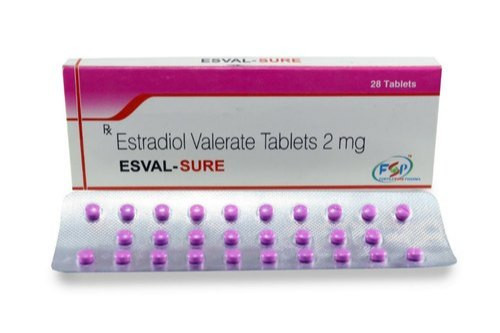
Feminizing Hormone Therapy can vary significantly between person to person. There is no correct hormone combination or dosage that is suitable for every sissy.
Determining the proper dosage depends a lot on your health because each type of hormone therapy comes with it’s own risks and side effects. Your transgender therapist and/or medical professional will prescribe FHT suited specifically to your situation, factoring in what you can afford as well as taking into account any insurance coverage that is in effect.
Hormone dosage and combinations can change based on how your body reacts when you begin taking them. It’s possible for you to experience a negative reaction to any specific hormone. Also, changes can happen much more quickly for some sissies than others. In that case, the dosage might need to be adjusted accordingly.
Something else to take into account… taking more hormones than the optimal dose for your body will not necessarily speed-up feminizing changes. Too large of a dose can actually have a slowing-down effect, as an over abundance of estrogen can be converted to testosterone by your body. In addition, taking more estrogen than your body can handle can negatively impact your health.
Lastly, if you’ve have your testicles removed (an orchiectomy), your body will be producing only a small amount of testosterone. In a situation such as this, the dose of estrogen can be reduced and androgen blockers should probably be stopped completely.
#7 – What Risks Are Associated With Feminizing Hormone Therapy?
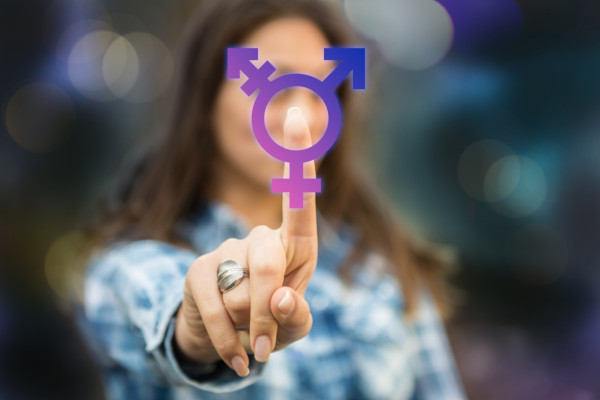
The medical risks when undergoing FHT are not yet fully understood. Many of the previous studies surrounding hormone therapy in general have involved differing doses than those used for transgender therapy. There may be long-term risks that the health care community is currently not aware of.
Some of the commonly known risks include:
- Blood clots
- Weight gain
- Liver disease
- Kidney disease
- High blood pressure (less if taking spironolactone)
- Breast Cancer
- Increase in visceral fat (fat surrounding internal organs)
Many of the risks associated with Feminizing Hormone Therapy can be mitigated by creating a personalized combination of hormones that are specifically suited for your body.
There are also things you can do to significantly reduce the risks of FHT; like not smoking and having your blood tested on regular basis.
Refraining from smoking increases the amount of estrogen that can safely be prescribed. There are some doctors who will refuse to prescribe hormones if you smoke.
#8 – How Often Will a Sissy on FHT Need To See Her Doctor?

It is necessary to have regular physical exams, along with lab tests, in order to monitor your overall health while you are on Feminizing Hormone Therapy. For the first year after beginning treatment this will typically be at 2 to 3 month intervals. After the initial 12 months, you will want to see your health professional a least once every 6 months or so.
Depending on your age, how often you will need to see a doctor can vary. Younger and older MtF transgender people pose differing areas of concerns and health risks. Your health professional may want to see you more—or sometimes less—often than normal guidelines might otherwise indicate.
#9 – What role does FHT Play in Gender Dysphoria and Body Dysmorphia?
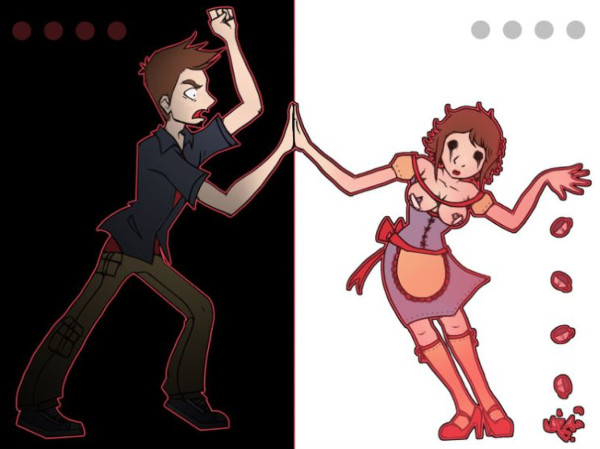
Gender Dysphoria operates from the premise that the beliefs—I’m a woman inhabiting a man’s body—that are causing anxiousness and distress are perfectly valid. Instead of focusing on changing any beliefs, Feminizing Hormone Treatment addresses altering the body so that is in closer alignment with that of the gender that you identity with.
It’s been shown that FHT can be of great help in alleviating feelings of gender dysphoria.
However Body Dysmorphic Disorder is an anxiety disorder related to body image. BDD is based on the premise that one holds a distorted belief about the body, and treatment focuses on altering those erroneous beliefs. Body Dysmorphic Disorder has much more far-reaching implications than just gender identity.
BDD arises from being obsessively preoccupied with one or more perceived flaws in your physical appearance such as: your nose, hair, complexion, breast size, being too short, etc. Often times the flaw cannot even be seen by others, and if it can, appears so slight to be almost unnoticeable.
When discussing Feminizing Hormone Treatment, gender dysphoria and body dysmorphia often get confused with each other. As you can see, they are entirely separate issues.
#10 – What About Using Feminizing Foods and Herbs Instead of Feminizing Hormone Therapy?
Embarking on FHT is a major decision that should be given some serious thought by any sissy considering it. If you would rather experiment using a kinder, gentler approach to feminization, then you might be interested in my article: 10 Feminizing Herbs That Increase Estrogen.
There are also certain feminizing foods, much like feminizing herbs, that have inherent estrogenic qualities: 8 Feminizing Foods Every Sissy Should Try.